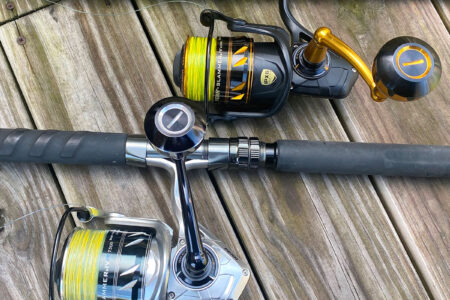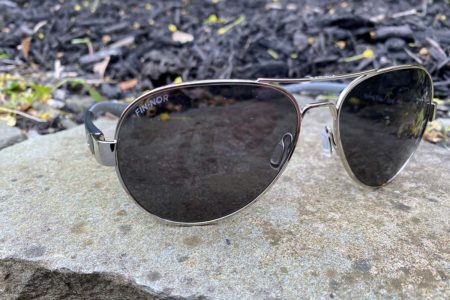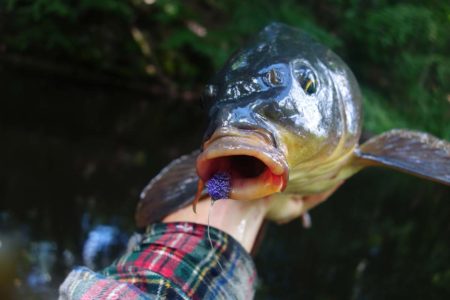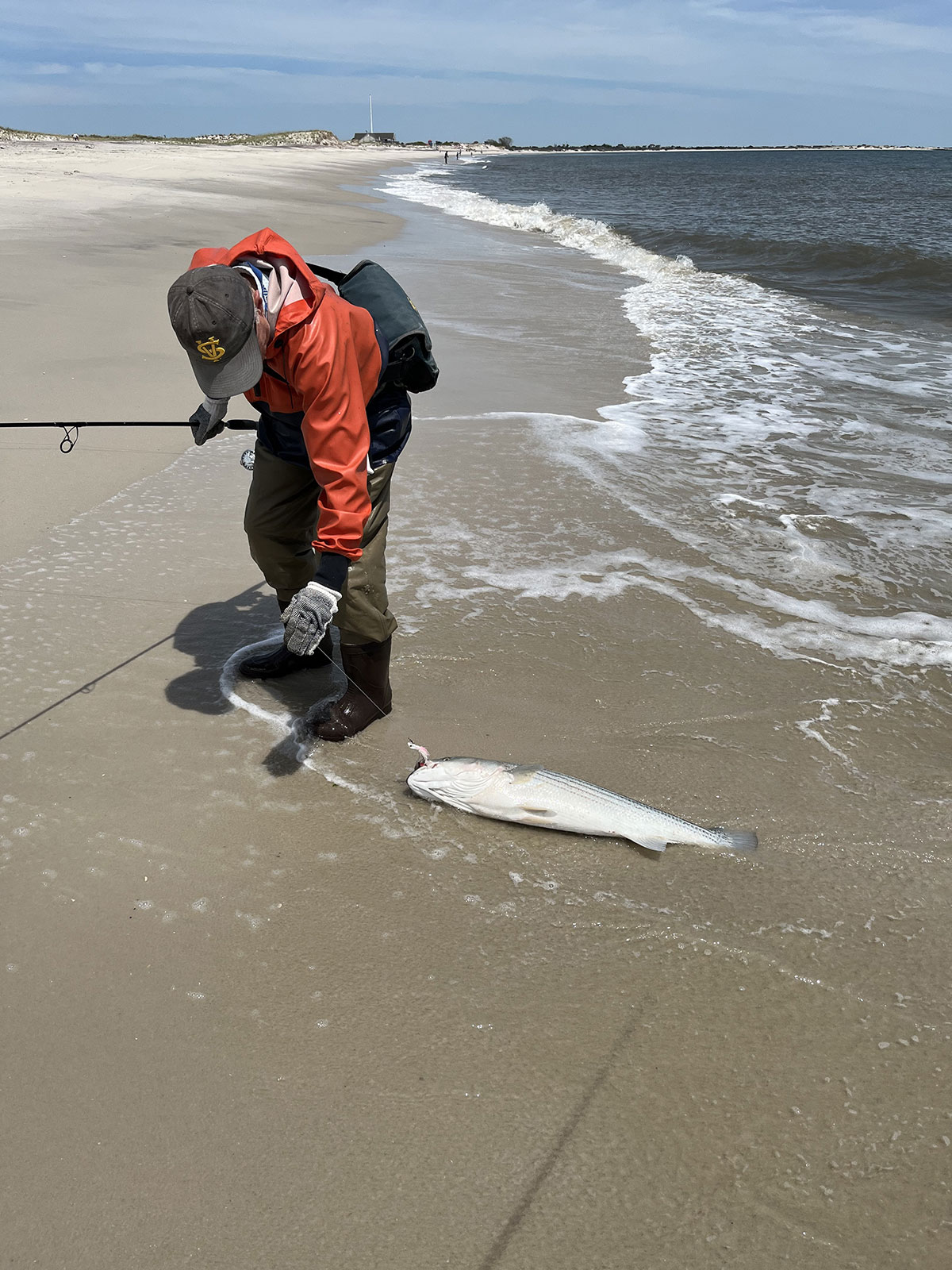
Balancing your fishing outfit for extended fishing time.
The idea for this article was borne on the wings of countless experiences I’ve had over the decades and applies to all methods and places I fish. Therefore, I’ve tested lines, knots, and leader material and learned the hard way what works and what doesn’t. Eventually, I’ve settled on certain lines, knots, rods, and reels that are dependable and provide me with the best service. There is, however, more than one way to do most things, and I recognize these suggestions will not resonate with everyone.
This is not a set of cautionary tales, although it could be taken that way. Actually, it’s a narration of anecdotes about fishing that led me to some profound conclusions. I hope you find something useful.
Skip To The Good Stuff
Experience number one: I was representing Van Staal reels at a shop in Connecticut, helping customers fill out the warranty documents and getting their reels ready for shipment. An angler came in, marched toward me with great gusto and wearing a scowl. Oh boy, I thought, this guy’s gonna be trouble. He slammed his rod and reel on the glass counter so hard that others working with me turned their heads and cringed, fearful that the glass had broken.
“Yes sir, how can I help?” I asked.
“This [bleeping] reel isn’t worth a [bleep]!” The customer responded.
I looked at his gear and began to have a few insights. It was a 10-foot medium-heavy power spinning rod with a VS100, and the braided line seemed heavy, too. I asked him about his complaints. He grumbled that he was having difficulty with casting accuracy and distance, as well as trouble fighting fish. I asked him about the line and he said it was 50-pound test. I asked if he fished from jetties, around rock piles, or among boat moorings. He answered he did not. I asked him why he had 50-pound test line on the reel. He responded that he kept breaking off with 20-pound test braid. I asked him why he’d chosen this reel and rod combination, but he simply shrugged. I asked him if he had selected this combination or if it was recommended. He said a store “down the road” put the gear together. I processed the reel and offered suggestions. Let’s just say he was not amused, rejected my help, and generally remained irritated.

Balancing Your Rod And Reel
Selecting and matching casting rods and reels evolves from answering a simple question: where and how do I like to fish? Once understood, an angler can match the rod, reel, leader, and line. In general, match heavy power and slow action rods for jetty and bridge fishing, medium power fast action setups for sounds and oceans without obstructions, and medium to medium-light power with extra fast action gear is suitable for calm shallow estuaries, either boat or shore.
Let’s begin with his outfit. Rods and reels need to be matched for size, weight, and power for best results. A very light reel on a heavy rod may create a sense that the gear is less tiring, but it’s illusionary since casting, retrieving, and fighting fish becomes more difficult when the rod and reel aren’t balanced. If you don’t believe balance is important, ask any competitive distance caster. They will be emphatic about the need for balance and that a balanced outfit should teeter on one finger placed slightly ahead of the reel.
My angry Connecticut angler was disappointed because his setup was not balanced with a light reel on a 10-foot medium-heavy rod. It was weight-forward. This means the rod pulled down from the tip because there isn’t enough reel weight. An unbalanced setup is tiring and contributes to neck, shoulder, and upper back discomfort. It also affects casting distance and accuracy. These are my outfits: A 7-foot rod and VS150, a 9-foot rod and VS200, and an 11-foot rod with a VS250. As you see, I don’t use even-numbered rod lengths. From this baseline, an angler can extrapolate the correct reel size for their rod even though manufacturers use different number systems. Here’s an example. My VS150 equates to a 3000 size or even a 50 size, depending on the manufacturer’s number system. If that doesn’t work for you, all brands provide information on weight in ounces on the manufacturer’s websites or on the reel boxes at the store.
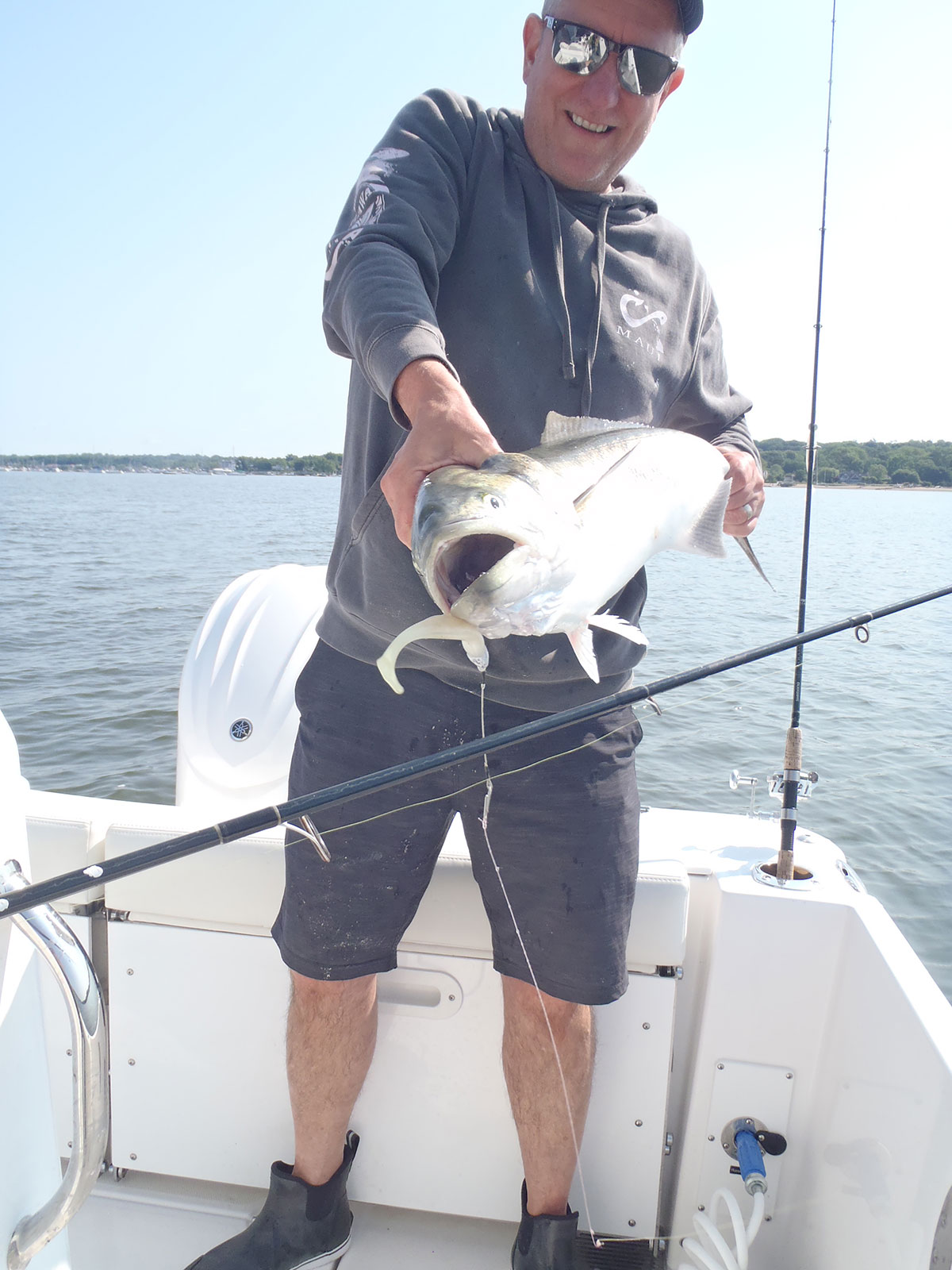
Knots And The Running Line
Over the years, I’ve come to realize why some anglers use very heavy running line, and the following example explains my conclusion.
Let’s say I use 20-pound test line and tie a bad knot. Even if a bad knot starts out, let’s say, at 50% of line strength (10-pound test), it will weaken with every cast and fish fought because, over time, bad knots fatigue. So, it won’t be long before the 50% becomes 20%. Now, the knot is 4-pound test. A powerful cast with a two-ounce lure will generate more than 4 pounds of force, and the line will likely snap. Some will blame the line, but it’s really a bad knot. In addition, heavy lines don’t go through guides as efficiently or smoothly as lighter lines. Result: casting distance and accuracy are disappointing, and the angler attempts to compensate with more casting effort that adds to body fatigue.
The moral of the story: Learn to tie good knots. A simple Improved Clinch Knot, when tied correctly, is a 95% knot that will not quickly fatigue.
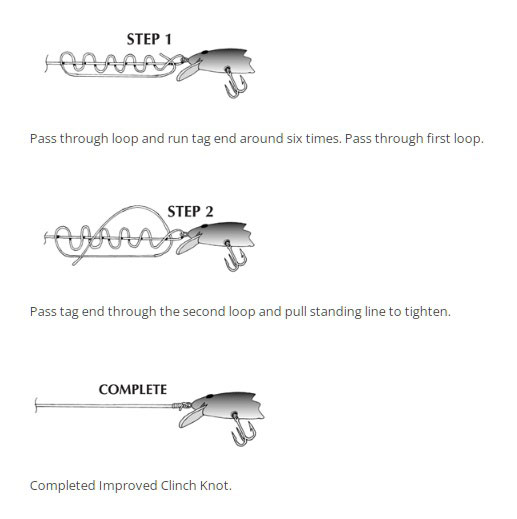
A Simple Great Knot
There are many good knots that work well, and directions for tying them are readily available. However, there are problems. For one thing, many knots are complex and hard to tie. Of course, with practice, an angler can become proficient with any knot, no matter how complex. Yet, a conundrum remains. What percent of line strength do well-tied knots retain? Sadly, fair and extensive tests performed by several magazines and testing bureaus have revealed that many of the popular knots hold less than 75% of the line’s strength and, over time, fatigue quickly. Furthermore, some knots are not compatible with some kinds of lines.
I have tried these knots and tied them correctly before testing. I discarded all of them after testing and went back to an old standby: the Improved Clinch Knot. As mentioned, this knot, when tied correctly, is 95% strong and slow to fatigue. Instead of telling you how to tie it, I will tell you what the knot should look like. I’ll use this analogy — when completed, it should look like a stack of coins with no overlaps, bulges, or loose turns.
If you use monofilament, make four to six turns depending on line strength: six turns with 10-pound test, five turns with 20-pound test, and four turns with heavier lines. On the other hand, make ten turns with all sizes of braid because braided lines are slippery. Finally, always pull the tag end as well as the running line tight. The knot is so simple that once an angler is well-practiced, he or she should be able to tie it quickly and correctly.
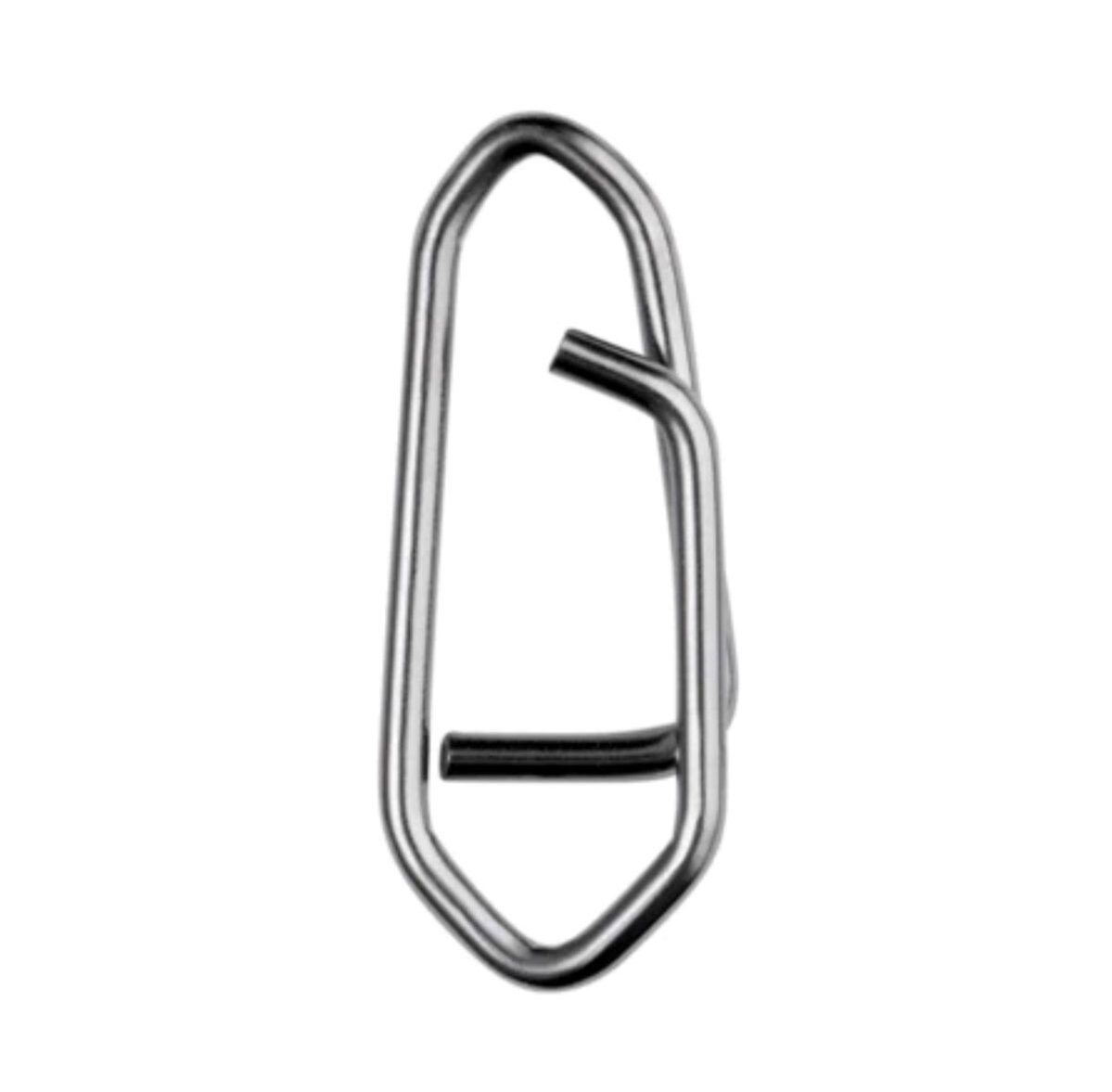 |
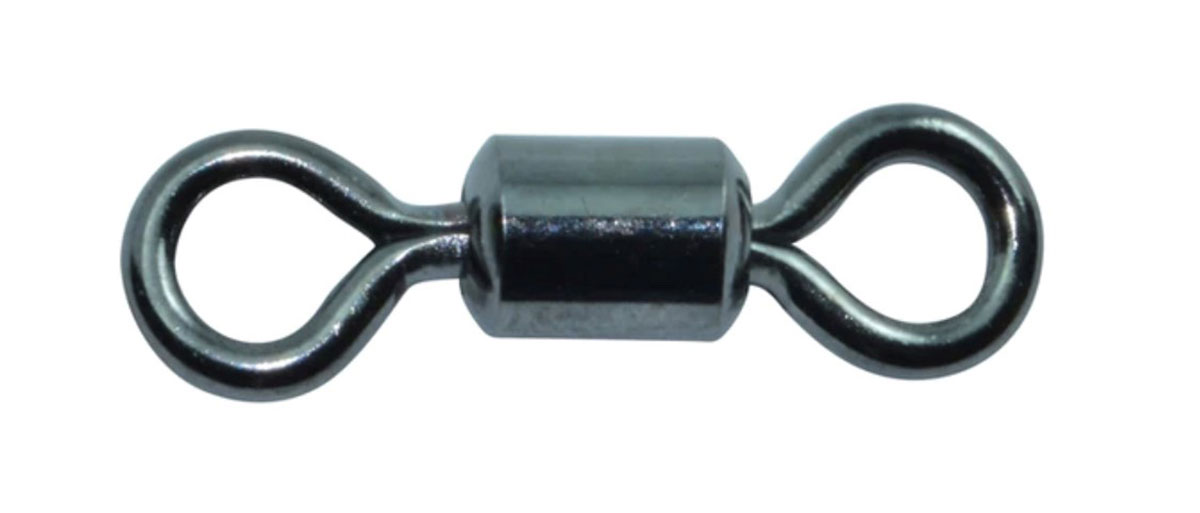 |
| The author likes to keep connections light and streamline with a 50-pound snap and swivel combo. | |
3 Lead Reasons
This may come as a shock, but in our waters, we don’t use leaders to prevent fish from shying off the lure in a lot of cases; rather, leaders serve several other functions. One is safety. A leader allows an angler to make several wraps around their hand to control a fish during landing. Although an angler might be able to do this with monofilament without cutting the hand, gloves with braided lines are necessary. By controlling the fish with a leader wrap, teeth, spines, and hooks can be kept away from hands, waders, boots, and fellow fishermen.
The second reason to use a leader is to prevent line twist, which is why I use a swivel to connect the Perlon to the running line and a snap on the other end. Tiny Spro Power Swivels are great. A 50-pound-test size is truly 50-pound test, goes through the tip-top easily should I reel in too much line, and does not cavitate (produce bubbles), thus does not attract bluefish, and results in fewer bite-offs. I use the Spro 50 pound-test Prime Snap, whose design is reliable and provides maximum action from the lure, but a series of other snaps and clips do exist as well.
| WHAT ABOUT THAT PERLON? |
| In another experience, I mentored a surf angler who insisted on using a fluorocarbon leader. He resisted my teachings about knots and lines, often threw away lures and complained about being bitten-off by blues. One day while bluefishing, he noticed my leader’s curly frills, yet I had not been bitten-off. I said, “That’s Perlon, baby.” Light leaders tied with fluorocarbon line may be the way to go in places with very clear water but our waters contain so much plankton and suspended matter that it doesn’t always matter. Perlon is made of nylon and is straight and durable. Use plain monofilament if you prefer, but it will not stand up to bluefish teeth as well as Perlon. I use 20-pound test on lighter outfits and 30-pound test on heavier gear. |
A third reason to use a leader is to act as a buffer when landing larger fish. I always use a leader that’s stronger than my running so when I wrap around the leader, I have confidence the leader will not snap and provides a margin of error when sliding larger fish onto the beach or controlling them at boatside. Therefore, in a boat with my 7-foot outfit, I use a 30-pound-test leader with a VS150 and 20-pound test braided running line.
In the ocean surf, I use a 9-foot rod and VS200 with 20-pound test braided running line and 30-pound test leader. The heavier leader provides some protection against bluefish teeth, the abrasive effects of large breaking waves filled with sand, the snapping force of a strong cast, and the power and weight of larger fish when landing them.
Getting The Most
Want to get the most out of your tackle? If you want to enjoy the most fun, make the best presentations, enjoy the fight more completely, and work a lot less hard at casting and retrieving, then start with a balanced outfit consisting of rod, reel, line, and leader.
How do you know if you’re unbalanced? Is your lower or upper back tired after fishing? Does your neck hurt, your shoulders sore, or your elbows? Do you seem to need to put too much force into your cast? Boat, surf, or pier, balanced quality tackle adds not only to the fun of fishing but also reduces many of these problems anglers frequently complain about, resulting in longer times casting and fishing.

